Features of Enhanced Ventilation System Ventilation Panels in Truck Tents
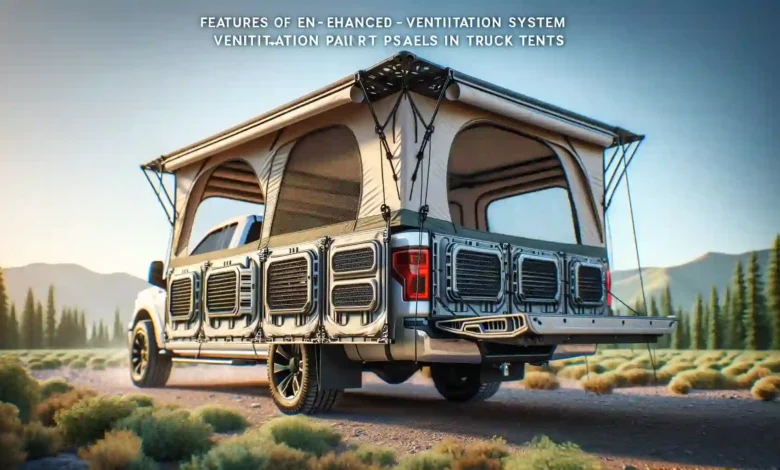
Ventilation is crucial in any tent, especially in truck tents where airflow can be limited due to their design. Proper ventilation ensures a comfortable environment by regulating the airflow and controlling the temperature inside the tent. One of the most effective ways to enhance ventilation in a truck tent is through well-designed ventilation panels. These panels, often placed strategically around the tent, allow air circulation while protecting insects and the elements.
This article explores the various aspects of ventilation panels, their benefits and types, and how they contribute to a comfortable camping experience.
Budget Pick

Pittman Outdoors – Truck Bed Tent
➤ Brand: Pittman Outdoors
➤ Water Resistance: 1500 Mm
➤ Product Dimensions: 81.5″L x 62″W x 62″H
➤ Occupancy: 2 Person
Budget Pick

Naturnest Rooftop Tent Hard Shell
➤ Brand: BAMACAR
➤ Product Dimensions: 83″L x 51″W x 59″H
➤ Occupancy: 3 Persons
➤ Water Resistance: 5000
Importance of Enhanced Ventilation: Keeping Your Tent Comfortable

A well-ventilated tent is vital for maintaining a comfortable atmosphere, especially during long camping trips. Without proper airflow, condensation can build up inside the tent, leading to dampness and discomfort. Enhanced ventilation systems, like specialized ventilation panels, help mitigate these issues.
These panels are designed to allow fresh air to circulate while pushing out warm, moist air, maintaining a balanced temperature within the tent. This improved air quality is essential for ensuring a pleasant sleeping and living environment inside your truck tent, particularly in hot or humid conditions.
Furthermore, enhanced ventilation reduces the risk of mold and mildew, which can thrive in damp environments. This makes the tent not only more comfortable but also more hygienic for long-term use.
In colder climates, these panels can be adjusted to control the amount of airflow, striking the right balance between insulation and fresh air intake. Ultimately, enhanced ventilation contributes to a healthier, more comfortable camping experience.
Types of Ventilation Panels: Mesh, Adjustable, and More
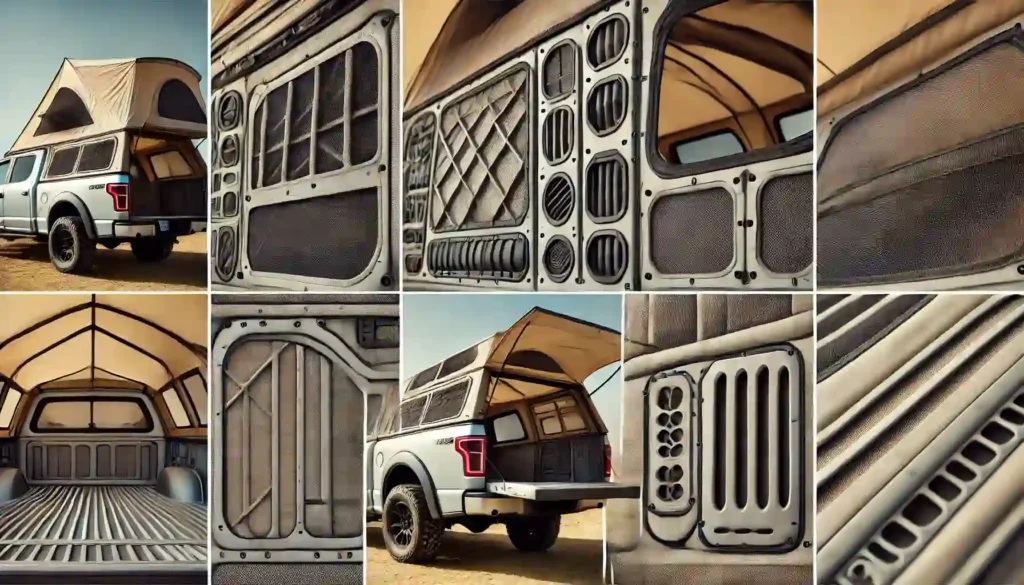
Ventilation panels come in various types, each with its unique features and benefits. Mesh panels are the most common, designed to allow maximum airflow while keeping insects out. These panels are usually fine enough to prevent even the smallest bugs from entering the tent, ensuring a bug-free environment. Adjustable panels, on the other hand, offer flexibility in controlling the amount of air entering the tent. These can be opened or closed depending on the weather conditions and your comfort needs, providing versatility for different camping environments.
Other types of ventilation panels may include zippered openings that allow campers to regulate airflow more precisely. These panels often come with flaps that can be rolled up or down depending on the weather. Some high-end truck tents also feature ventilation panels with rain covers, allowing for airflow even during rainy conditions without letting moisture inside.
Understanding the different types of ventilation panels helps you choose the right one for your camping needs, ensuring optimal performance in any climate.
Placement of Ventilation Panels: Optimizing Airflow in Your Tent

The placement of ventilation panels is as important as their type. Proper positioning ensures that air flows efficiently through the tent, preventing hot air from being trapped inside. Most truck tents have ventilation panels positioned near the top of the tent, where warm air tends to accumulate. By allowing this warm air to escape, these panels contribute to maintaining a cool and comfortable interior temperature.
Additionally, panels placed at the lower levels of the tent can draw in cooler air from outside, promoting natural air circulation. Some truck tents are designed with cross-ventilation systems, where panels are placed opposite each other to facilitate airflow from one side of the tent to the other. This setup is especially useful in preventing stuffiness and condensation buildup, ensuring a fresh and comfortable camping experience.
Weather-Resistant Designs: Ventilation Panels That Perform in All Conditions
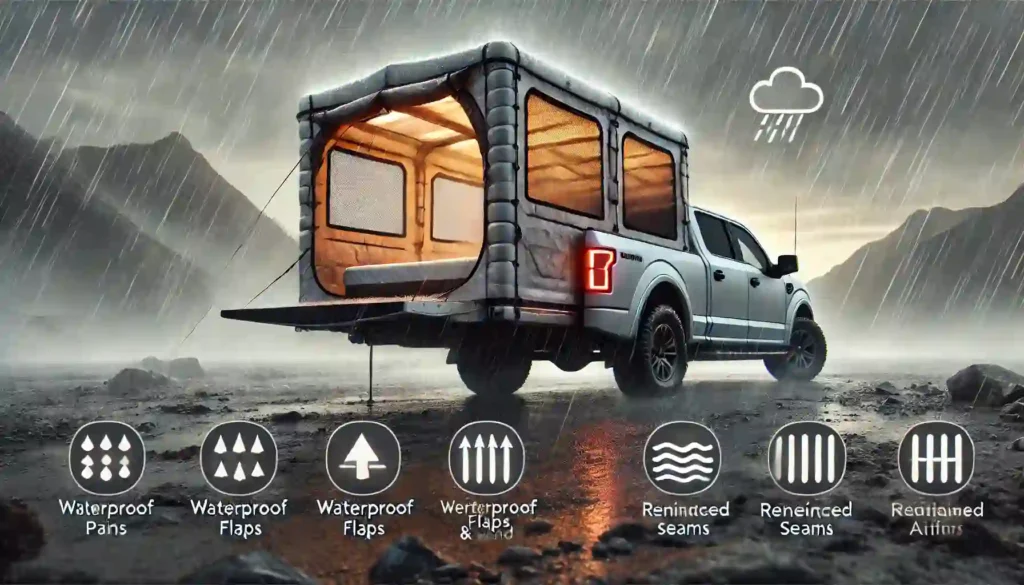
Ventilation panels are often designed to withstand various weather conditions, ensuring they function efficiently in both hot and cold environments. Weather-resistant ventilation panels are typically made from durable materials that can withstand rain, wind, and even UV rays without deteriorating. Some designs include rain flaps or covers that allow air to circulate while preventing rain from entering the tent, making them ideal for wet conditions.
In windy weather, secure ventilation panels prevent excessive air from entering the tent, protecting campers from drafts while maintaining airflow. These panels are usually reinforced with weatherproof seams to ensure that no moisture or cold air leaks in, even during storms.
Their design allows campers to enjoy the benefits of proper ventilation without compromising on protection from the elements, ensuring a comfortable and secure camping experience in any weather.
Adjustable Ventilation: Customizing Airflow with Movable Panels
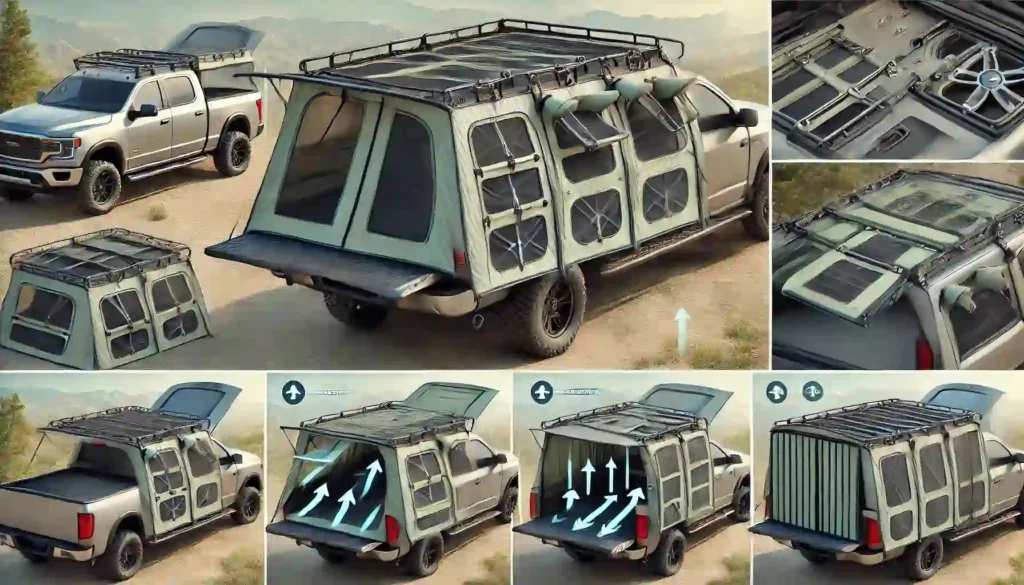
One of the standout features of advanced ventilation systems is the ability to adjust the airflow to suit changing conditions. Movable ventilation panels give campers the flexibility to regulate the amount of air coming into the tent. This customization is particularly useful in unpredictable weather conditions or during the night when temperatures may drop.
Movable panels are typically easy to adjust, with options such as zippers, velcro flaps, or toggles. By changing these panels, campers can either increase ventilation on hot days or reduce it to retain warmth in colder conditions. This versatility makes adjustable ventilation panels a must-have feature for any serious camper, ensuring comfort regardless of external weather conditions.
Durability and Materials: Long-Lasting Ventilation Panel Construction

Durability is a key factor in the design of ventilation panels, as they need to withstand the wear and tear of outdoor conditions. Most high-quality ventilation panels are made from durable mesh or reinforced fabrics that are resistant to tearing and punctures. The seams are often double-stitched and sealed to prevent fraying and ensure long-lasting performance.
Additionally, the materials used in the construction of these panels are typically UV-resistant, preventing them from degrading under prolonged exposure to sunlight. Some panels are also coated with waterproof treatments to keep moisture out, further enhancing their durability. Investing in a truck tent with durable ventilation panels ensures that your tent remains functional and effective for many camping trips to come.
Reducing Condensation: How Ventilation Panels Help Keep Your Tent Dry
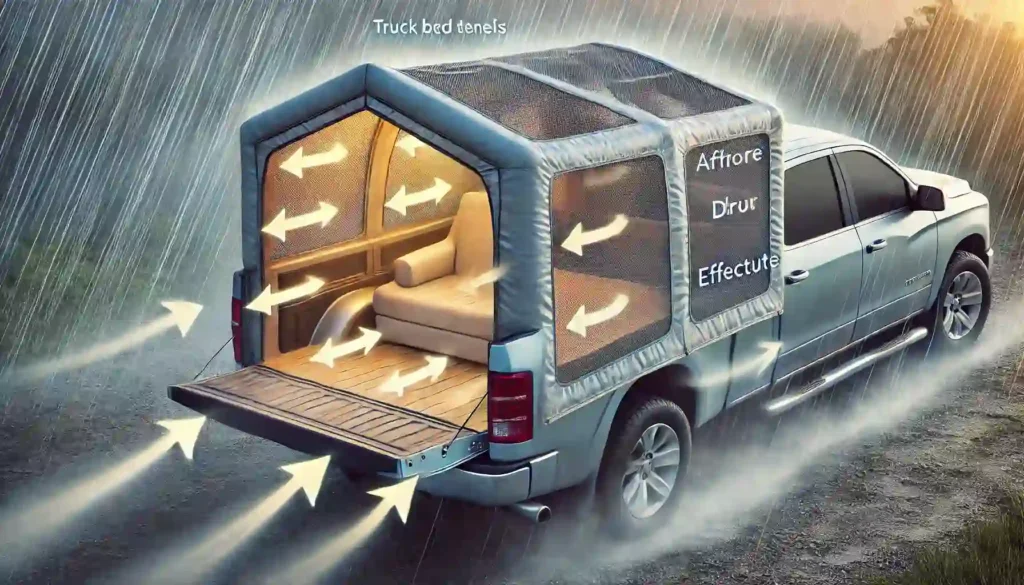
Condensation can be a major issue in tents, particularly in humid environments or during cooler nights. Without proper ventilation, moisture from breath and sweat accumulates inside the tent, leading to damp surfaces and an uncomfortable living space. Ventilation panels play a crucial role in reducing condensation by allowing warm, moist air to escape and replacing it with fresh air from outside.
The strategic placement of ventilation panels helps create a continuous flow of air, which minimizes the buildup of moisture. Mesh panels are especially effective in this regard, as they provide ventilation while keeping rain and insects out. By maintaining a dry interior, these panels contribute to a more comfortable and pleasant camping experience, even in challenging weather conditions.
Insect Protection: Mesh Panels That Keep Bugs Out While Ventilating
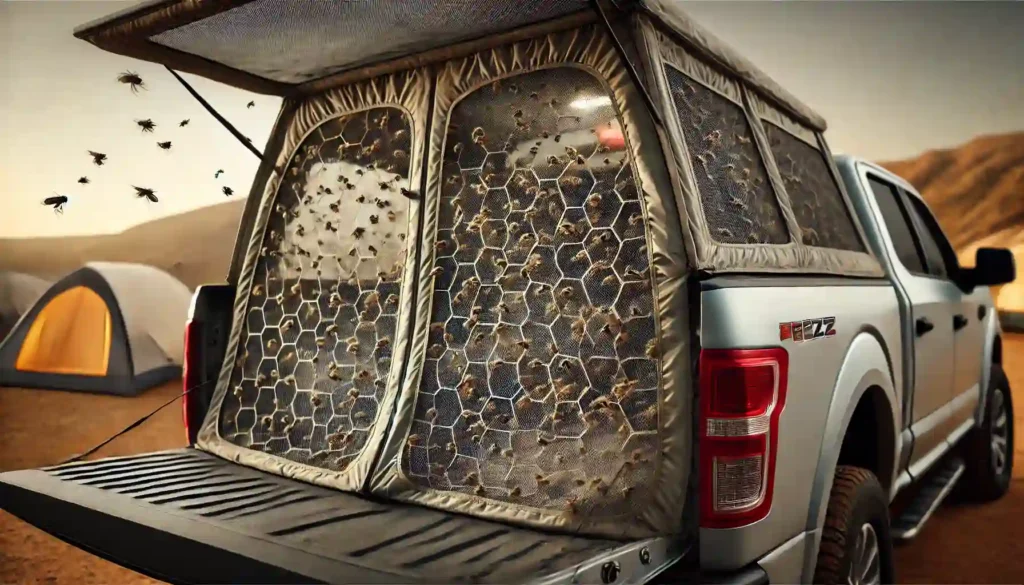
One of the most significant advantages of ventilation panels, particularly those made of mesh, is their ability to provide ventilation while keeping insects out. These panels are designed with tightly woven mesh that allows air to pass through but prevents even the smallest bugs from entering the tent. This feature is particularly important in areas where insects are prevalent, as it ensures a comfortable and bug-free camping experience.
Mesh ventilation panels are typically placed near windows and doors, where they can provide maximum airflow without compromising on protection. Some designs also include fine mesh options for enhanced insect protection in areas with tiny bugs like midges. This dual functionality of ventilation and bug protection makes mesh panels an essential feature for any truck tent.
Compatibility with Truck Tent Models: Ensuring Proper Fit and Function

Not all ventilation panels are created equal, and ensuring they are compatible with your specific truck tent model is essential for optimal performance. Many truck tents come with pre-installed ventilation panels, but for those looking to upgrade or replace existing panels, it’s important to choose ones that are designed to fit your tent model. Manufacturers often provide compatibility charts or guidelines to help campers select the right panels for their tents.
When choosing ventilation panels, consider factors such as the size of the openings, the type of attachment system, and the overall design of the tent. Properly fitted ventilation panels not only enhance airflow but also contribute to the overall structural integrity of the tent, ensuring a comfortable and secure camping experience.
Easy Setup and Maintenance: Installing and Caring for Ventilation Panels

Setting up and maintaining ventilation panels should be a simple process. Most panels come with easy-to-use attachment systems, such as zippers, velcro, or clips, allowing for quick installation and removal. Regular maintenance, such as cleaning the mesh and inspecting for damage, ensures that the panels remain in top condition and function effectively over time.
Caring for ventilation panels involves:
- Simple tasks like brushing off dirt and debris.
- Ensuring that zippers and fasteners remain functional.
- Checking for wear and tear.
Proper maintenance extends the life of the panels and keeps them working efficiently, ensuring a well-ventilated and comfortable environment for many camping trips to come.
Impact on Tent Temperature: Balancing Warmth and Fresh Air

Ventilation panels play a critical role in regulating the temperature inside the tent. During hot weather, they allow heat to escape and cool air to circulate, preventing the interior from becoming overly warm. In colder conditions, adjustable ventilation panels help balance warmth and fresh air intake, maintaining a comfortable temperature inside the tent.
The ability to control the airflow using ventilation panels is especially beneficial during the night when temperatures can fluctuate. By adjusting the panels, campers can keep the tent well-ventilated without losing too much heat, ensuring a comfortable sleeping environment. This balance of warmth and fresh air contributes to a more enjoyable and restful camping experience.
The next topic will explore the various adjustable ventilation options available for truck tents, focusing on how customizable airflow solutions can enhance comfort and adaptability during different camping conditions.
Conclusion
Ventilation panels are an essential feature of any truck tent, contributing to comfort, safety, and overall camping experience. From mesh panels that keep bugs out while allowing airflow to weather-resistant designs that perform in all conditions, these panels enhance the functionality of your tent. By investing in high-quality ventilation panels, campers can ensure a comfortable, dry, and well-ventilated environment, no matter the weather.

